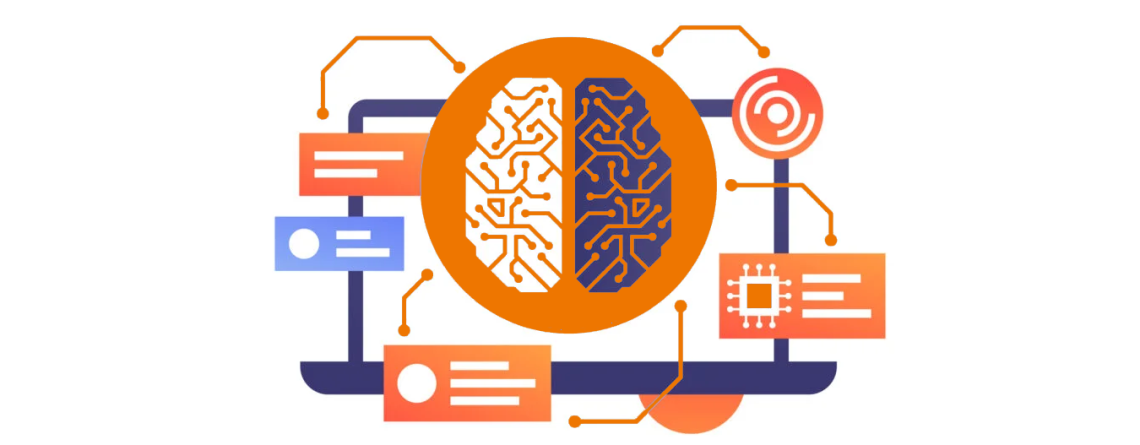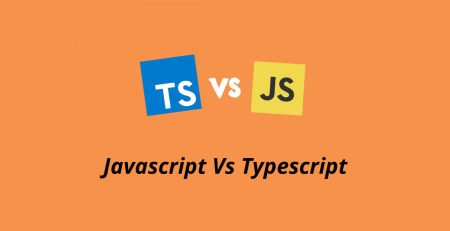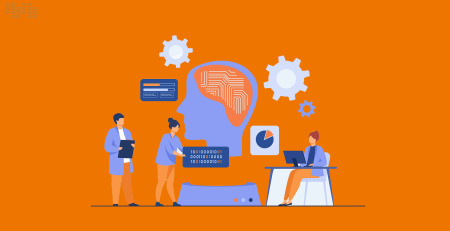Understanding Machine Learning Models
Table of Contents
Machine Learning (ML) has become one of the most important technologies driving innovation today. From the search results you see on Google to Netflix recommendations, spam detection in your email, medical diagnosis tools, and autonomous vehicles, machine learning models are at the heart of modern AI.
This article is a comprehensive guide to machine learning models. We will cover what they are, the different types of models, when to use them, best practices, and provide hands-on Python code examples so you can start experimenting right away.
What is a Machine Learning Model?
A machine learning model is a mathematical or computational representation of a real-world process that learns from data. Instead of being explicitly programmed with step-by-step instructions, an ML model is trained on past data to identify patterns and relationships, and then it uses this learned knowledge to make predictions on new, unseen data.
For example:
- A classification model can predict whether an email is spam.
- A regression model can predict the price of a house based on its size and location.
- A clustering model can group customers with similar buying habits.
- A reinforcement learning model can train a robot to walk by rewarding successful movements.
At its core, every ML model is about inputs → transformation → output. The model transforms raw data into predictions.
Types of Machine Learning Models
Machine learning models fall into three broad categories:
- Supervised Learning – models learn from labeled data (input + correct output).
- Unsupervised Learning – models find patterns in unlabeled data.
- Reinforcement Learning – models learn by trial and error through rewards and punishments.
Let’s explore each in detail with examples.
1. Supervised Learning Models
Supervised learning is the most widely used type of machine learning. Here, the dataset contains both input features (X) and output labels (y). The model learns to map input to output.
Examples of supervised tasks:
- Classification: Predicting discrete categories (spam/not spam, disease/no disease).
- Regression: Predicting continuous values (house prices, sales forecasting).
Example: Linear Regression
Linear regression is one of the simplest ML models. It tries to fit a straight line that best represents the relationship between the input feature(s) and the target variable.
import numpy as np
import matplotlib.pyplot as plt
from sklearn.linear_model import LinearRegression
# Example data
X = np.array([[1], [2], [3], [4], [5]])
y = np.array([2, 4, 5, 4, 5])
# Train the model
model = LinearRegression()
model.fit(X, y)
# Predictions
predictions = model.predict(X)
# Visualization
plt.scatter(X, y, color="blue")
plt.plot(X, predictions, color="red")
plt.title("Linear Regression Example")
plt.show()
print("Predictions:", predictions)
This example fits a line through the points. The model can then predict new values, such as the expected output for X=6.
Example: Logistic Regression
Despite its name, logistic regression is used for classification problems. It outputs probabilities that are mapped to classes.
from sklearn.datasets import load_iris
from sklearn.linear_model import LogisticRegression
from sklearn.model_selection import train_test_split
from sklearn.metrics import accuracy_score
# Load dataset
iris = load_iris()
X = iris.data
y = iris.target
# Split into training/testing
X_train, X_test, y_train, y_test = train_test_split(X, y, test_size=0.3, random_state=42)
# Train model
clf = LogisticRegression(max_iter=200)
clf.fit(X_train, y_train)
# Predict
y_pred = clf.predict(X_test)
print("Accuracy:", accuracy_score(y_test, y_pred))
This model predicts the species of a flower given petal and sepal measurements.
Decision Trees
Decision trees split data based on feature values into branches that lead to predictions. They are interpretable and widely used in finance, healthcare, and recommendation systems.
from sklearn.datasets import load_wine from sklearn.tree import DecisionTreeClassifier from sklearn.model_selection import train_test_split from sklearn.metrics import classification_report # Load data wine = load_wine() X = wine.data y = wine.target # Split X_train, X_test, y_train, y_test = train_test_split(X, y, test_size=0.3, random_state=42) # Train clf = DecisionTreeClassifier() clf.fit(X_train, y_train) # Predict y_pred = clf.predict(X_test) print(classification_report(y_test, y_pred))
Support Vector Machines (SVM)
SVMs work by finding the best hyperplane that separates data points of different classes.
from sklearn import datasets
from sklearn.svm import SVC
import matplotlib.pyplot as plt
# Load dataset
X, y = datasets.make_classification(n_samples=100, n_features=2, n_classes=2, random_state=42)
# Train SVM
model = SVC(kernel="linear")
model.fit(X, y)
# Plot
plt.scatter(X[:, 0], X[:, 1], c=y, cmap="coolwarm")
plt.title("SVM Classification Example")
plt.show()
2. Unsupervised Learning Models
Unsupervised learning deals with unlabeled data. The model discovers hidden structures, clusters, or patterns.
Example: K-Means Clustering
K-Means groups data points into k clusters.
from sklearn.cluster import KMeans
import numpy as np
import matplotlib.pyplot as plt
# Data points
X = np.array([[1, 2], [1, 4], [1, 0],
[4, 2], [4, 4], [4, 0]])
# Train KMeans
kmeans = KMeans(n_clusters=2, random_state=0).fit(X)
# Plot
plt.scatter(X[:, 0], X[:, 1], c=kmeans.labels_, cmap="viridis")
plt.scatter(kmeans.cluster_centers_[:, 0],
kmeans.cluster_centers_[:, 1],
s=200, c="red", marker="X")
plt.title("K-Means Clustering Example")
plt.show()
Example: Principal Component Analysis (PCA)
PCA reduces high-dimensional data into fewer dimensions while preserving variance.
from sklearn.decomposition import PCA
from sklearn.datasets import load_digits
import matplotlib.pyplot as plt
digits = load_digits()
X = digits.data
# Reduce dimensions to 2
pca = PCA(2)
X_projected = pca.fit_transform(X)
plt.scatter(X_projected[:, 0], X_projected[:, 1],
c=digits.target, cmap="Spectral", s=10)
plt.colorbar()
plt.title("PCA Visualization of Digits Dataset")
plt.show()
3. Reinforcement Learning Models
Supervised and unsupervised learning are not the same as reinforcement learning (RL). An agent in RL picks up knowledge by interacting with its surroundings. The objective is to maximize cumulative rewards when the agent does activities and gets rewarded.
Examples:
- Self-driving cars
- Game-playing AI (like AlphaGo)
- Robotics
Example: Q-Learning (Simplified)
import numpy as np
# Simple environment
states = [0, 1, 2, 3, 4] # positions
actions = [0, 1] # left or right
Q = np.zeros((len(states), len(actions))) # Q-table
alpha = 0.1 # learning rate
gamma = 0.9 # discount factor
epsilon = 0.2 # exploration rate
# Simulate episodes
for episode in range(1000):
state = np.random.choice(states[:-1]) # random start
while state != 4: # goal state
if np.random.rand() < epsilon:
action = np.random.choice(actions)
else:
action = np.argmax(Q[state])
# Transition
next_state = state + 1 if action == 1 else max(0, state - 1)
reward = 1 if next_state == 4 else 0
# Q-update
Q[state, action] = Q[state, action] + alpha * (
reward + gamma * np.max(Q[next_state]) - Q[state, action]
)
state = next_state
print("Learned Q-Table:")
print(Q)
This is a toy example where an agent learns to reach a goal state.
Evaluating Machine Learning Models
Choosing the right metric is crucial:
- Classification: Accuracy, Precision, Recall, F1-score, ROC-AUC.
- Regression: Mean Squared Error (MSE), Root Mean Squared Error (RMSE), R² score.
- Clustering: Silhouette score, Davies–Bouldin index.
Example evaluation:
from sklearn.metrics import accuracy_score, confusion_matrix
print("Accuracy:", accuracy_score(y_test, y_pred))
print("Confusion Matrix:\n", confusion_matrix(y_test, y_pred))
Hyperparameter Tuning
ML models often have parameters (like learning rate, tree depth, number of clusters). Hyperparameter tuning finds the best values.
Example: Grid Search
from sklearn.model_selection import GridSearchCV
from sklearn.svm import SVC
parameters = {'kernel':('linear', 'rbf'), 'C':[1, 10]}
svc = SVC()
clf = GridSearchCV(svc, parameters)
clf.fit(X_train, y_train)
print("Best Parameters:", clf.best_params_)
Deploying Machine Learning Models
Once trained, ML models can be deployed into production. Options include:
- Flask / FastAPI – deploy as a REST API.
- TensorFlow Serving – scalable ML serving system.
- ONNX – open format for model portability.
Example: Flask API
from flask import Flask, request, jsonify
import joblib
app = Flask(__name__)
model = joblib.load("model.pkl")
@app.route('/predict', methods=['POST'])
def predict():
data = request.json
prediction = model.predict([data["features"]])
return jsonify({"prediction": prediction.tolist()})
if __name__ == '__main__':
app.run()
Best Practices for Machine Learning Models
- Collect high-quality, representative data.
- Preprocess and clean data before training.
- Use feature engineering to improve performance.
- Split data into training, validation, and testing sets.
- Prevent overfitting with regularization or dropout.
- Continuously monitor models in production.
Conclusion
Machine learning models are the engines behind modern artificial intelligence. Whether you’re building a linear regression model for predictions, a clustering model for pattern discovery, or a reinforcement learning agent, the key is understanding the right tool for the job.
With Python libraries like scikit-learn, TensorFlow, and PyTorch, it’s easier than ever to start experimenting with ML models. By practicing with datasets, tuning models, and eventually deploying them into real applications, you can harness the power of machine learning to solve real-world problems.
Reference Links:













Leave a Reply